Platinum is one of the most well-known precious and noble metals. They are called noble because they do not corrode or oxidize in moist air, while they are valuable due to their rarity in the earth's crust. Palladium, rhodium, gold, and other metals belong to the same category. In Greece, platinum is often referred to as white gold, as a result of which it is confused with the white alloy of gold.
Evidence of the use of platinum in decorative objects has been found in burial objects in Egypt and among ancient civilizations of South America, the Maya, and the Incas. The oldest platinum object found so far is a small box from the 7th century BC found in Thebes, Egypt, and is known as the Casket of Thebes. It bears silver, gold, and platinum inscriptions that mention the name of the Egyptian princess of the 25th dynasty and high priestess of the god Ammon, Sepenupet.
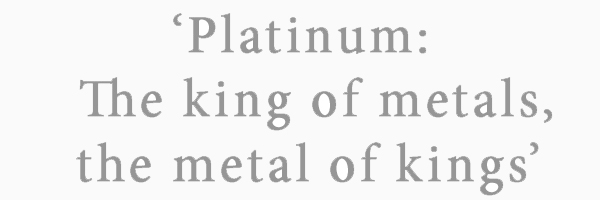
The Spanish brought platinum to Europe in the late 16th century from South America but initially thought it was related to silver. That is why they gave this new metal the name platina (little silver). It took about two centuries before they realized that it was a different and much rarer metal. Since then it has become the favorite metal of kings and nobles. Especially between the middle of the 19th century and the Second World War, platinum was preferred for precious jewellery as it was considered the ideal companion of diamonds.
Perhaps the first platinum object created in Europe is a platinum and blue glass sugar bowl in 1786. It was made by the silversmith Marc Etienne Jannetty for the luxury lover King Louis XIV. The bowl is now on display in the Metropolitan Museum of Art in New York. Around the same time, in 1788, King Charles III of Spain presented Pope Pius VI with a platinum Chalice created by Francisco Alonso.
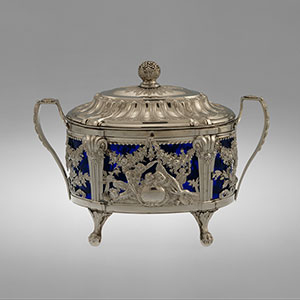
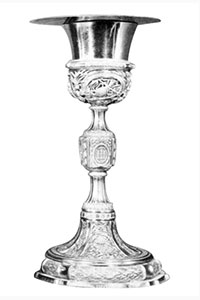
Platinum was one of the favorite materials of Peter Carl Fabergé, who used the precious metal in several of the Easter eggs he created. Among the Fabergé eggs made with platinum are Nobel Ice, Memory of Azov, and Rocaille.

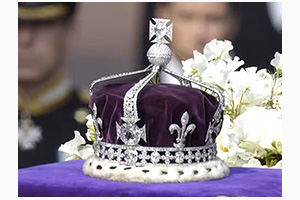
In 1937, at the height of platinum's use in jewellery, Garrard & Co created a platinum crown for Queen Elizabeth (the future Queen Mother) to wear at the coronation of her husband King George VI. The crown is adorned with 2800 diamonds including the Koh-i-Noor, one of the largest cut diamonds weighing 105ct. The Crown of Queen Elizabeth The Queen Mother is part of the Crown Jewels of England and is kept on display in the Tower of London.
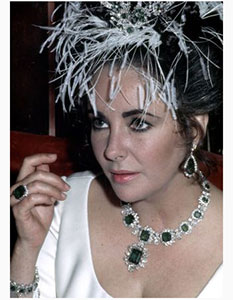 Many famous silversmiths created wonderful platinum jewellery in the previous century. Among the most famous creations is Elizabeth Taylor's Bulgari necklace in platinum with emeralds and diamonds, which has a pendant at the bottom that can be detached and worn as a brooch.
Many famous silversmiths created wonderful platinum jewellery in the previous century. Among the most famous creations is Elizabeth Taylor's Bulgari necklace in platinum with emeralds and diamonds, which has a pendant at the bottom that can be detached and worn as a brooch.
Today, platinum is mostly used for engagement and wedding rings due to its rarity and durability, but few jewellery designers choose to create platinum jewellery nowadays. Fortunately, there is quite a few vintage platinum jewellery on the market.